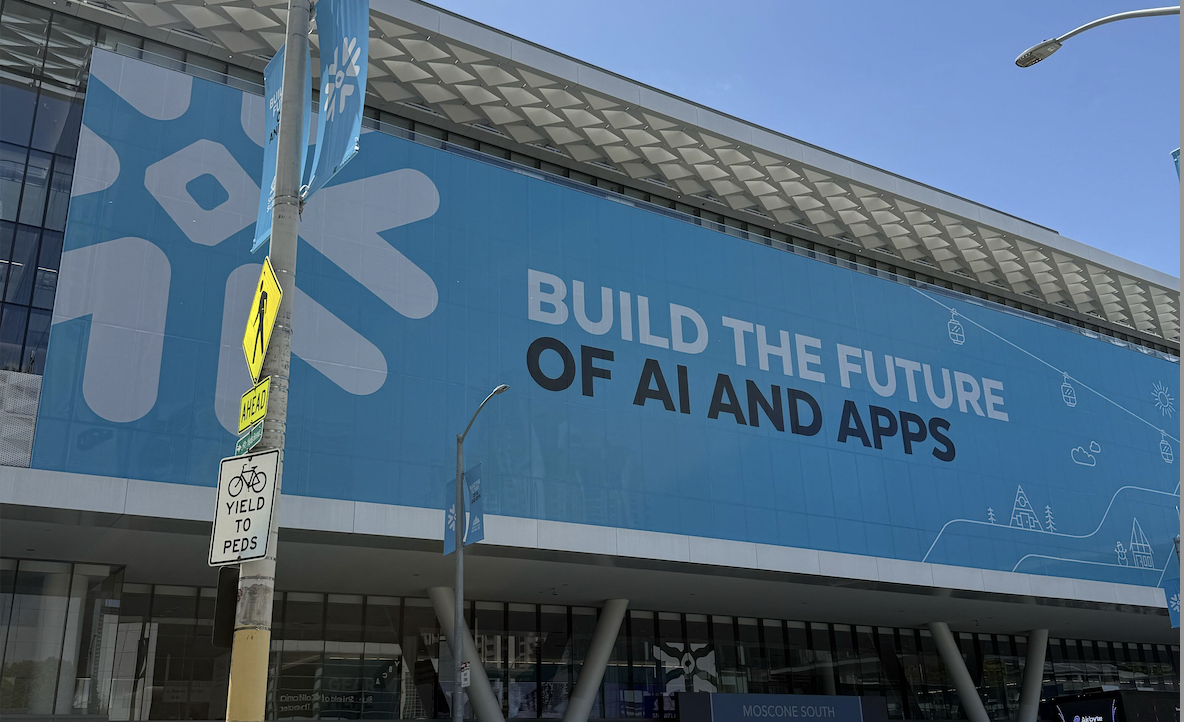From Hadoop Haunts to Databricks Delight: The Spooky Evolution of Big Data Processing

Imagine the early days of big data as a complex environment, filled with challenges and mysteries that organizations struggled to navigate. In this landscape, the open-source framework Hadoop emerged as a beacon of hope, transforming how data was stored, processed, and analyzed. However, as data processing demands evolved, so did the technologies that supported them, leading to the rise of Databricks. This journey from Hadoop to Databricks illuminates the dynamic and ever-evolving realm of big data.
Hadoop made its grand entrance in 2005, created by Doug Cutting and Mike Cafarella, inspired by Google’s MapReduce and Google File System (GFS). It provided a distributed storage and processing framework, allowing organizations to handle large datasets across clusters of commodity hardware—much like assembling a team to manage a vast archive. Hadoop’s core components, the Hadoop Distributed File System (HDFS) and MapReduce were the foundational elements that enabled parallel processing and fault tolerance, making Hadoop the cornerstone of the big data revolution. The open-source nature of Hadoop fostered a vibrant community of developers who created numerous ecosystem projects like Hive, Pig, and HBase. These extensions enhanced Hadoop’s capabilities and made it accessible to a broader audience.
Yet, even the most potent technologies have their limitations. Hadoop was challenged by the complexities of the MapReduce programming model, often criticized for its convoluted processes and inefficiency in handling real-time data processing and iterative algorithms—a common issue in machine learning and data analytics. Additionally, Hadoop’s disk-based processing was slow and unable to keep pace with the rapid demands of modern data processing, especially when compared to the swift, in-memory solutions that began to emerge. These challenges signaled the need for a more flexible and faster data processing framework that could cater to the evolving needs of data scientists and engineers, much like a new technology to overcome existing limitations.
Enter Apache Spark, developed in 2009 at UC Berkeley’s AMPLab. Spark addressed many of Hadoop’s shortcomings by offering an in-memory data processing engine that significantly accelerated data analytics tasks—transforming slow data processing into efficient, high-speed operations. Its versatile API, supporting multiple programming languages like Scala, Python, and Java, made it more accessible and user-friendly. Spark’s ability to handle both batch and real-time data processing, along with its rich set of libraries for machine learning, graph processing, and streaming, positioned it as a superior alternative to Hadoop’s MapReduce, providing a more straightforward path forward.
The transition from Hadoop to Spark was akin to moving from an old, complex system to a modern, efficient platform, paving the way for Databricks—a company founded in 2013 by the original creators of Apache Spark, including the visionary Matei Zaharia. Databricks aimed to simplify and enhance the use of Spark by offering a fully managed cloud platform, seamlessly integrating with various data sources and tools. Imagine Databricks as a comprehensive solution, providing an interactive workspace, collaborative notebooks, and automated cluster management, making big data processing more efficient and accessible to organizations of all sizes. The platform’s ability to unify data engineering, data science, and business analytics within a single environment bridged the gap between different teams, streamlining workflows effectively.
Databricks’ commercial offering built upon Spark’s strengths while addressing many of the operational challenges associated with managing large-scale data infrastructure. Features like Delta Lake introduced ACID transactions and scalable metadata handling, ensuring data reliability and consistency and protecting against data anomalies. Additionally, Databricks’ integration with cloud providers such as AWS, Azure, and Google Cloud enabled scalable and flexible deployment options, allowing businesses to harness the power of big data without the overhead of maintaining complex infrastructure.
The evolution from Hadoop to Databricks underscores a broader trend in the tech industry: the shift from open-source frameworks to integrated, managed solutions that offer enhanced performance, ease of use, and scalability. While Hadoop laid the foundation for big data processing, the innovations brought by Spark and Databricks have propelled the field forward, enabling more sophisticated analytics and fostering a data-driven culture across industries. It’s a tale of transformation, where older technologies give way to new advancements, ensuring that the capabilities of big data continue to thrive.
Today, Databricks stands as a testament to the continuous innovation in data processing technologies, honoring the legacy of its predecessors while also forging new advancements that shape the future. It builds upon the legacy of Hadoop but also sets new standards for how organizations can harness the power of big data. As data continues to grow in volume and complexity, the tools and platforms that evolve from these foundational technologies will remain crucial in unlocking insights and driving informed decision-making—like unlocking ancient tomes of wisdom to reveal hidden truths.
In conclusion, the journey from Hadoop to Databricks reflects the ever-changing landscape of big data, where adaptability and innovation are key. Hadoop’s pioneering framework opened the door to scalable data processing like the first light of day, breaking the darkness. Databricks has refined and expanded these capabilities, offering a comprehensive solution that meets the demands of today’s data-centric world. As we look to the future, the evolution of these technologies promises even more significant advancements, ensuring that big data remains a powerful asset for organizations worldwide, providing lasting insights and innovation.


